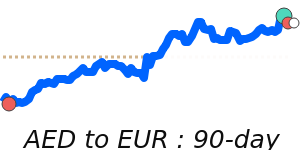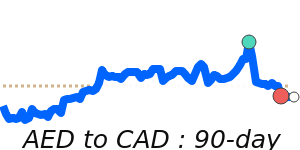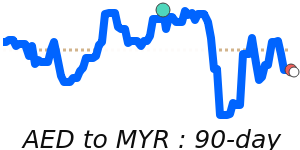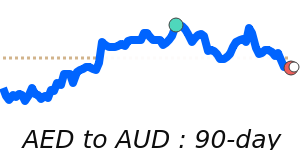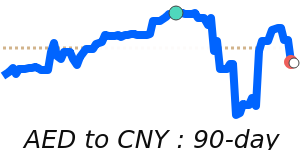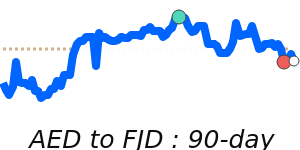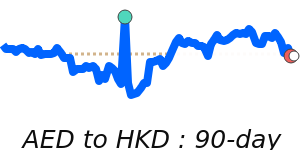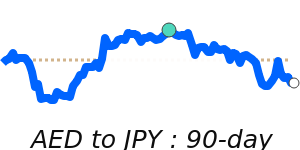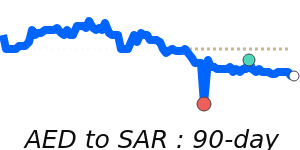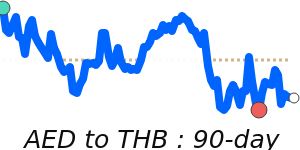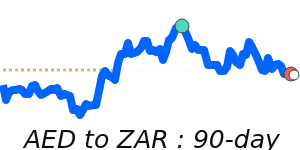The UAE Dirham (AED) has shown remarkable stability despite recent monetary policy adjustments by the Central Bank. Currently, the AED to USD exchange rate consistently sits at its three-month average of 0.2723. This stability reflects the effectiveness of the UAE's fixed exchange rate regime, which has managed to endure even with the recent interest rate cuts of 25 basis points, bringing the base rate down to 3.90%. Analysts anticipate that these cuts will enhance affordability for loans and mortgages but have not pressured the AED's value against the dollar.
In comparison to the Euro, the AED is currently trading at 0.2313, which is approximately 1.1% below its three-month average of 0.2339. The currency pair has remained within a tightly held range of 0.2309 to 0.2372, indicating a phase of stability that many market experts view as a positive sign amid broader economic developments.
The AED has not fared as well against the British pound, with current levels near 0.2016 representing 90-day lows and about 1.5% below its three-month average of 0.2047. This pair has experienced a slightly more volatile trend, trading within a stable range of 0.2016 to 0.2091.
On the other hand, the AED has strengthened against the Japanese yen, reaching 42.63, which is 1.8% above its three-month average of 41.89. This positive movement saw the AED trading within a broad range of 40.05 to 42.95, suggesting a degree of resilience against potential fluctuations.
Looking ahead, the anticipated launch of the digital dirham in late 2025 and the unveiling of a new dirham symbol are significant moves aimed at modernizing the UAE's financial landscape. These developments align with the UAE's commitment to enhancing its status as a global financial hub while maintaining currency stability amidst policy changes. Overall, the outlook for the AED remains cautiously optimistic, with analysts monitoring these evolving dynamics closely.





